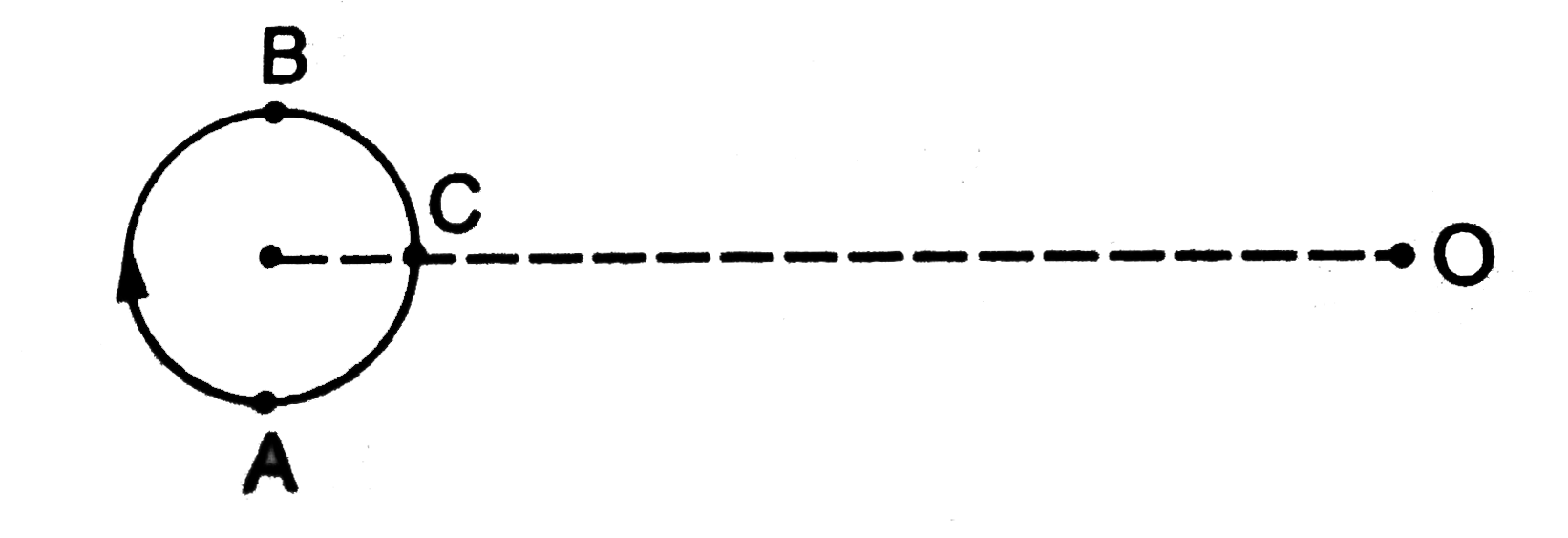A
B
C
D
Text Solution
Verified by Experts
The correct Answer is:
|
Topper's Solved these Questions
RACE
ALLEN |Exercise Basic Maths (Wave Motion & Dopplers Effect) (Superposition of waves interfarence, beats)|15 VideosView PlaylistNEWTONS LAWS OF MOTION
ALLEN |Exercise EXERCISE-III|28 VideosView PlaylistSIMPLE HARMONIC MOTION
ALLEN |Exercise Example|1 VideosView Playlist
Similar Questions
Explore conceptually related problems
Knowledge Check
Similar Questions
Explore conceptually related problems
ALLEN -RACE-Basic Maths (Wave Motion & Dopplers Effect) (Stationary waves & doppler effect, beats)
- If in a stationary wave the amplitude corresponding to antinode is 4 c...
03:43
|
Play - What is the phase difference between the displacement wave and pressur...
03:09
|
Play - A wire of length l having tension T and radius r vibrates with fundame...
02:58
|
Play - Equation of a standing wave is generally expressed as y=2Asinomegatcos...
01:40
|
Play - Two vibrating strings of same material stretched under same tension an...
03:00
|
Play - The wave-function for a certain standing wave on a string fixed at bot...
02:03
|
Play - In a standing transerse wave on a string :
01:55
|
Play - A string vibrates in 5 segments to a frequency of 480 Hz. The frequen...
01:37
|
Play - A string vibrates in 5 segments to a frequency of 180 Hz. The frequen...
01:26
|
Play - A wave is given by the equation y = 10 sin 2 pi (100 t - 0.02 x) + ...
05:04
|
Play - In case of closed organ pipe, which harmonin the p^(th) overtone will ...
01:06
|
Play - An organ pipe of length L is open at one end and closed at other end. ...
01:47
|
Play - The first resonance length of a resonance tube is 40 cm and the second...
02:29
|
Play - A man sitting in a moving train hears the whistle of the engine. The f...
01:26
|
Play - A whistle of frequency 500 Hz tied to the end of a string of length 1....
02:35
|
Play - A train moves towards a stationary observer with speed 34 m//s. The tr...
04:57
|
Play - If source and observer both are relatively at rest and if speed of sou...
01:23
|
Play - A small source of sound moves on a circle as shown in figure and an ob...
02:09
|
Playing Now - An observer moves towards a stationary source of sound, with a velocit...
02:11
|
Play - A string vibrates in 3 segments to a frequency of 320 Hz. The frequen...
01:35
|
Play
 .
.